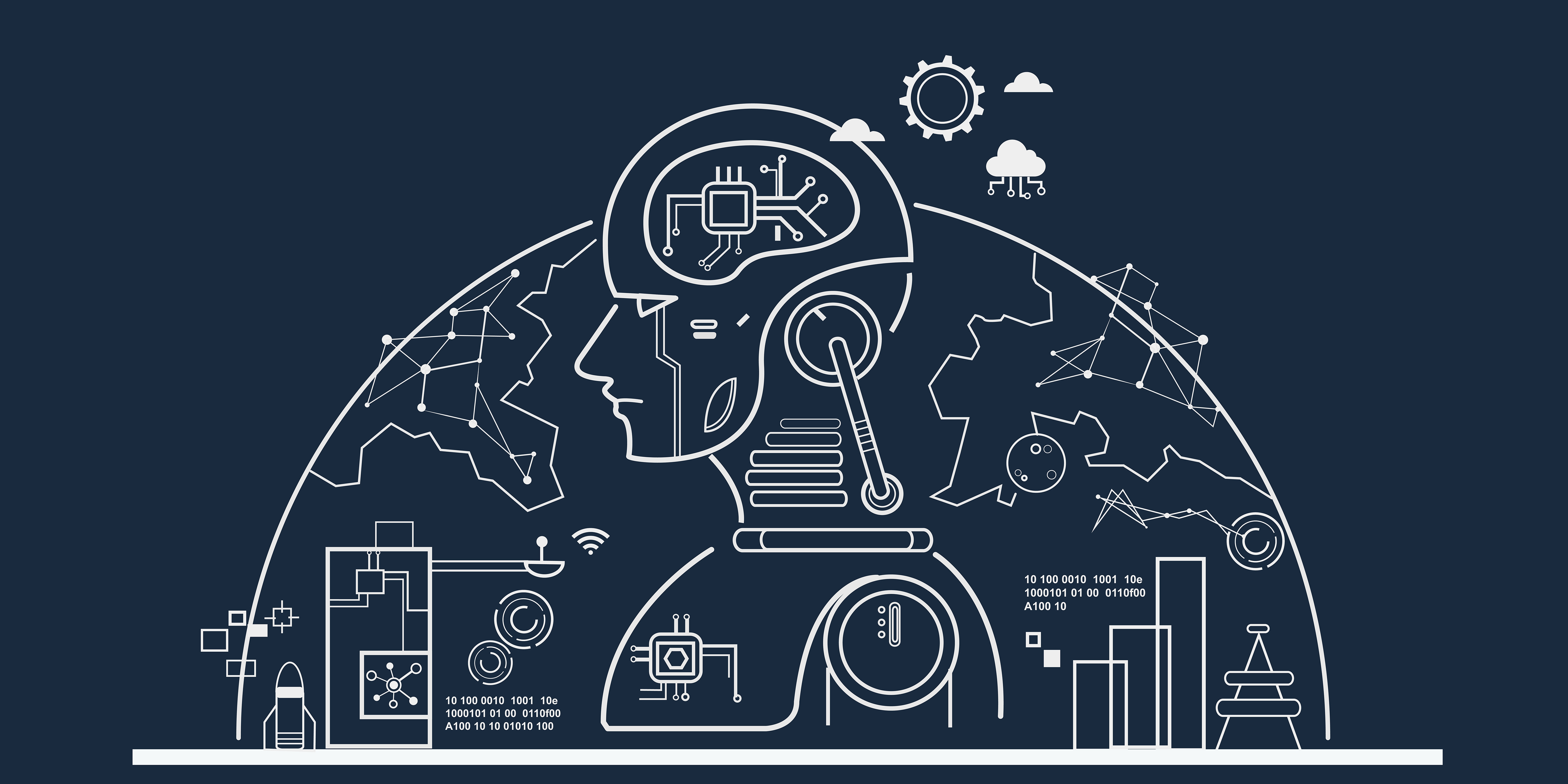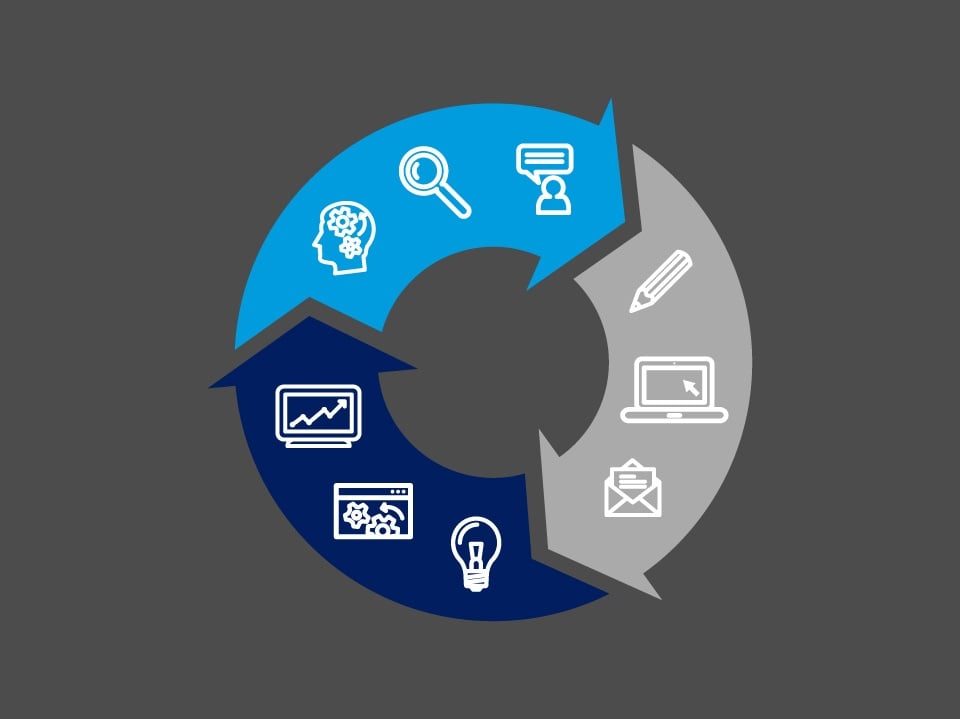Product owners and business analysts need every advantage to deliver high-quality software requirements. It’s difficult to translate business needs into artifacts developers and testers can digest quickly and accurately. It’s tough to ensure requirements aren’t missed or misinterpreted. It’s also important (but challenging) to make sure requirements tie back to business objectives, so teams can eliminate those that free resources for higher-valued work.
Frequently changing business needs further complicates the delivery of strong requirements. Teams must be able to quickly assess the impact to requirements and identify related changes to other development artifacts, like code, tests, and operational documentations.
These challenges face all teams, whether they follow Agile, Waterfall, or another customized methodology.
Robust Analysis is Critical
To define and manage high-quality requirements despite these common challenges, product owners and business analysts need to amp up the use of one of their most important skills: analysis.
Analysis is defined as “a careful study of something to learn about its parts, what they do, and how they are related to each other.” While old school business analysts were seen as scribes or secretaries who merely recorded what the business dictated, today they have to dig deeper, think more broadly, and make connections between elements of information including strategies, requirements, stakeholders, and systems. They have to analyze and re-analyze to manage the impact of change.
While teams worry about killing a project’s momentum through “analysis paralysis,” skipping analysis is not an option, because robust analysis is more important than ever to project success and business value delivery. Teams do, however, need to find ways to simplify and streamline their analytical processes.
Visual Models Boost Analytic Capabilities
Increasingly, product owners and business analysts are finding visual models critical to supporting the kind of deep and broad analysis they need to perform to get requirements right and manage them as needs change.
Models provide visual cues that are key to analyzing information more effectively. Individually, they allow stakeholders to view a requirement from different perspectives and at varying levels of detail, so all can better understand the end goal. For example, enriching a textual user story with a process flow or screen mockup helps developers and testers understand what they need to do more accurately.
The power of models multiplies when they are linked to one another, so stakeholders can analyze them collectively to understand relationships between requirements and other artifacts. When related to one another, models paint a picture of a requirement in context and how it connects to other important elements of information, like business objectives, regulatory requirements, test cases, and other requirements.
Not only do visual models support an improved understanding, they speed up the analysis needed to develop it. This is particularly important in Agile environments, where teams have a limited amount of time for elicitation, identification, and elaboration of user stories within a sprint.
Robust analysis enabled by the use of visual models prevents errors before they happen in both Agile and Waterfall environments by supporting:
- Change management. When business needs change, teams have to understand the change, analyze its impact, and adapt requirements and other artifacts to accommodate it. When a textual requirement is enriched with use cases, process models, and screen mockups, business analysts can see the requirement in context, making it more likely they will identify all impacts.
- Requirements coverage. By creating models like feature trees, use cases, and process flows and linking them to business objectives, business analysts can perform the analysis needed to ensure requirements haven’t been missed. They can also uncover requirements that don’t align with business strategy to reduce work on features that don’t deliver business value.
- Decision-making. The analysis of models, both individually and collectively, ultimately leads to improved decision-making, as all stakeholders can more quickly and accurately understand requirements and collaborate to come to a common understanding. Trade-offs become clearer, and teams can plan releases based on sound information to improve speed to market of the highest business value.
If your teams aren’t enriching textual requirements with visual models, they’ll find it difficult to perform the type of analysis needed to deliver high-quality software. They’re also missing an opportunity to speed up the important process of analyzing to improve understanding.
Start exploring the use of models, like process flows, and screen mockups to represent individual requirements. Begin relating them to other models and elements, like strategies, regulations, test cases, and other requirements to paint a holistic picture. Soon you will find them indispensable for reducing rework and delivering better software faster.
For more information on how Blueprint enables robust analysis through visualization, please contact us today.





